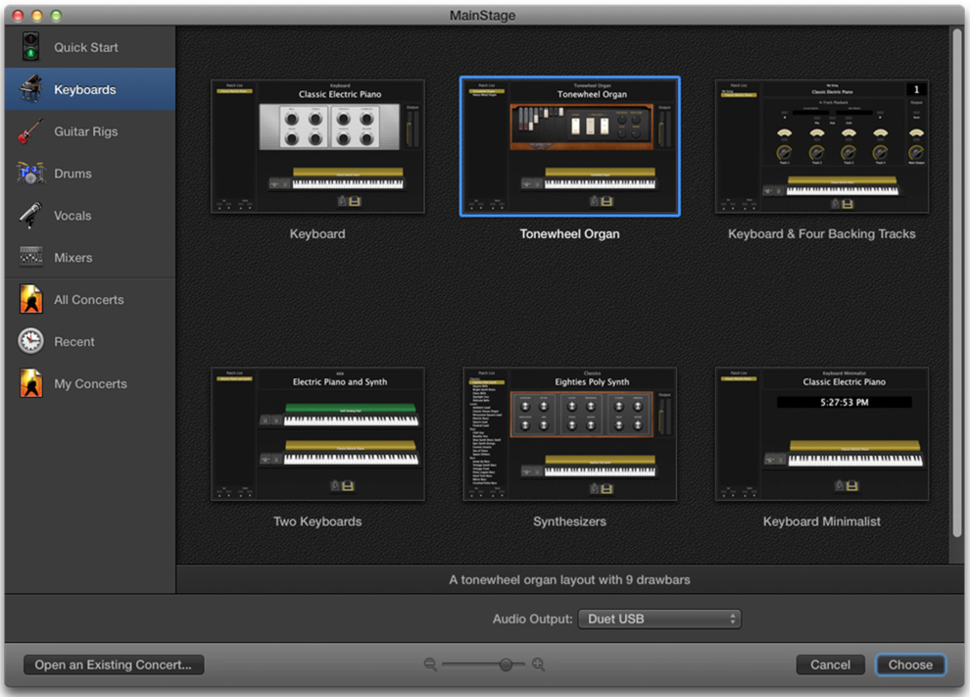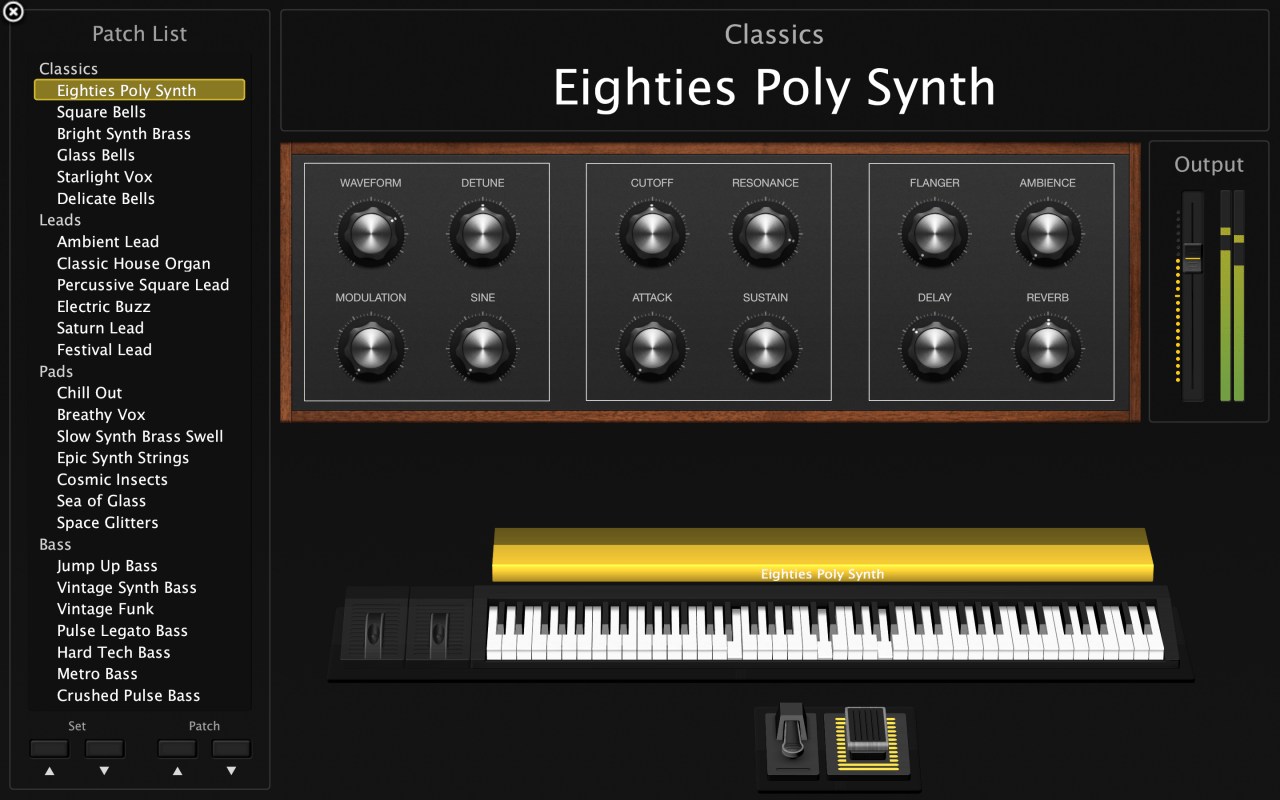

The included controller profile for TouchOSC lets you run your key rig from any iPad - all the way back to the original which can be found for $40 on Ebay - with a jaw-dropping amount of customization and visual feedback. Ever get frustrated with the limitations of small plastic fader/knob controllers, having to remember what functions are assigned to what controls, or mess with sticky labels - let alone trying to see it on a dark stage? Here’s your BackStage Pass to a whole new world…. More than a collection of great sounds, It’s an entire ecosystem purpose-built for live players, and it features a really important aspect: control. It’s the perfect foundation for creating the keyboard rig of your dreams, and represents decades of expertise and hard work. Unlike MainStage expansions that are simply new patches based on factory content, BackStage Pass includes over 16GB of all new material expertly sampled from a world-class keyboard collection.īackStage Pass is based on the keyboard rig of industry veteran Jim Daneker - longtime Musical Director, keyboard player and producer for CCM icon Michael W. It is first and foremost a collection of world-class keyboard and synth sounds, crafted from the ground up to be playable in a live setting.
APPLE MAINSTAGE LOGIC FOR MAC
If you have any questions or comments, feel free to reach out on Twitter or send me an email.BackStage Pass is a comprehensive virtual keyboard system designed primarily for Apple’s MainStage (all content loads in Logic Pro as well, with a separate Kontakt version available for Mac & Windows). $29) more expensive than MainStage, but that should not factor into your decision because they are different tools for different use cases.

Choose MainStage if you want to quickly workshop ideas.Choose MainStage if you want to perform live.Choose Logic Pro if you need to edit audio and manipulate MIDI.Choose Logic Pro if you need a timeline.Choose Logic Pro if you want to produce music.Below are some general guidelines to follow. In order to choose between Logic Pro and MainStage, you’ll first need to identify your use case. Many Broadway shows including Hamilton, Aladdin, and Dear Evan Hansen rely heavily on MainStage for designing and organizing keyboard patches. MainStage has also become the standard for keyboard programmers and electronic music designers on Broadway. Nine Inch Nails uses MainStage for real-time vocal effects during live performances. Like Logic Pro, MainStage is also used in a variety of different ways in the entertainment industry. MainStage allows you to switch between patches with a MIDI controller, which makes it very convenient and powerful for live performances.
APPLE MAINSTAGE LOGIC PATCH
For example, if you’re a keyboardist in a band, your MainStage setup would contain a different patch for each instrument you need – acoustic piano, electric piano, B3 organ, etc. MainStage ditches Logic Pro’s timeline-based interface for a patch-based one. Unlike Logic Pro which excels in a studio environment, MainStage’s primary use case is live performance. Nowadays, Logic Pro is used to produce everything from Top 40 hits to extremely complex film scores. If you have musical idea in your head and want to turn it into a full-blown track, Logic Pro or another DAW is the tool for the job. Practically speaking, a DAW lets you do things like record a drum kit with multiple microphones, manipulate MIDI data, and apply creative effects to audio tracks.

Logic Pro is a digital audio workstation, or DAW, that allows you to record audio and musical data via a timeline-based interface. In this post, we’ll compare and contrast Logic Pro and MainStage, so you can decide which app is best for your use case. While both apps are made by Apple and targeted towards users in the music industry, they also have their fair share of differences. Logic Pro and MainStage are two popular apps for musicians, engineers, producers, and more.


 0 kommentar(er)
0 kommentar(er)
